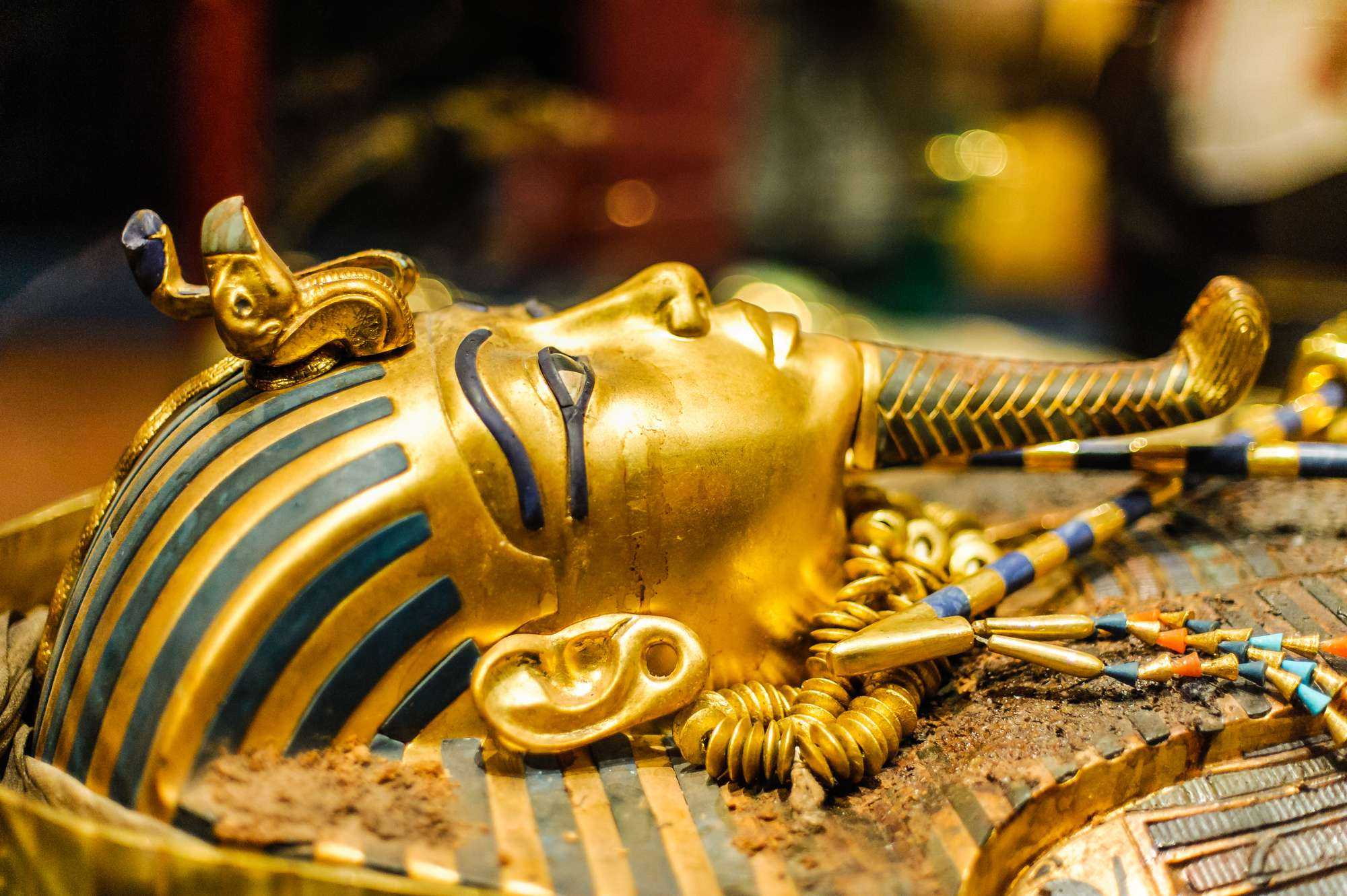BY DAVE RANKIN
Prior to the discovery of his tomb in 1922 by the famed Howard Carter, which catapulted him to an immortal status, the life and times of Tutankhamun was barely known. His records are very sparse. This is something that you will notice while reading about him in our latest entries. He had come into power during a tumultuous time in Kemet’s history and although his reign may have been cut short, his impact during this period would label him in the hearts of historians all over the world as “The Redeemer.” A familiar title bestowed upon only on one other figure on the world’s stage, Jesus The Christ.
We know for a fact that Tutankhamun was born in the city of Akhetaten or El-Armana. What we don’t know, is who his birth mother was. I have reported that Akhenaten and Nefertiti had six daughters. So, the most likely assumption is that Tutankhamun was born of a lesser wife. Or probably one of Akhenaten’s concubines. However, the Egyptian scholar Moustafa Gadalla presents a different picture.
From the book Historical Deceptions: The Untold Story of Ancient Egypt, he writes the following about Tutankhamun’s birth mother. ‘Before the birth of Tutankhamun, Nefertiti had three daughters and three afterwards. No evidence of other sons has been found. Hiding the identity of sons was the prudent thing to do.” He continues on to elucidate the following: “From the remains of Armana’s northern palace, it can be concluded that Nefertiti remained there with her son…, before and after he came to the throne. This ratifies the maternal relationship.”
Interesting points are made here. Number one, if this is true, then the discovery of Nefertiti’s maternal relationship with Tutankhamun is something that should be explored by the contemporary world. The second is if we were to examine the first part of this statement where he points out that ‘hiding the identity of sons was prudent’ it would make some sense.
As we have highlighted in our previous entries, Akhenaten was a man who marched to the beat of his own drum and definitely turned the normal Kemetian way of life around through the worship of the deity Aten. His actions upset many powerful people during his reign. These powerful people would have had some ulterior motives towards the royal family and probably would want to harm the crown prince. Again, speculation, yet we cannot rule this point of view out.
Around the age of either nine or ten, Tutankhamun came to the throne after the passing of Akhenaten and his older brother-in-law Smenkhare. This would have been around the year 1361 BCE. Having Nefertiti on side to assist him with his rule, the aged vizier Aye on his other side and the marriage of his wife, and probably his sister Ankhesenpaten. He seemed to be in good hands.
Tutankhamun’s coronation ceremony included another interesting fact. He was anointed with crocodile fat. I make this reference because the Kemetian word for crocodile is ‘MeSSeH’ which is similar to the word ‘Messiah.’ I would remind the reader that I’m in no way advocating that Tutankhamun is in fact Jesus The Christ. I am only pointing out what some of our scholars have relayed as information over the years. Considering this point, I would be remiss not to mention it as valuable information for our followers.
While we have yet to scratch the surface on the reign of the ‘Boy King’, it should be noted that I will be emphasizing the events that justify the name of ‘The Redeemer’ which historians have called ‘King Tut.’ This will go along with his untimely passing and the ever growing presence of the Hittites should make our next entry just as important as this week’s.

